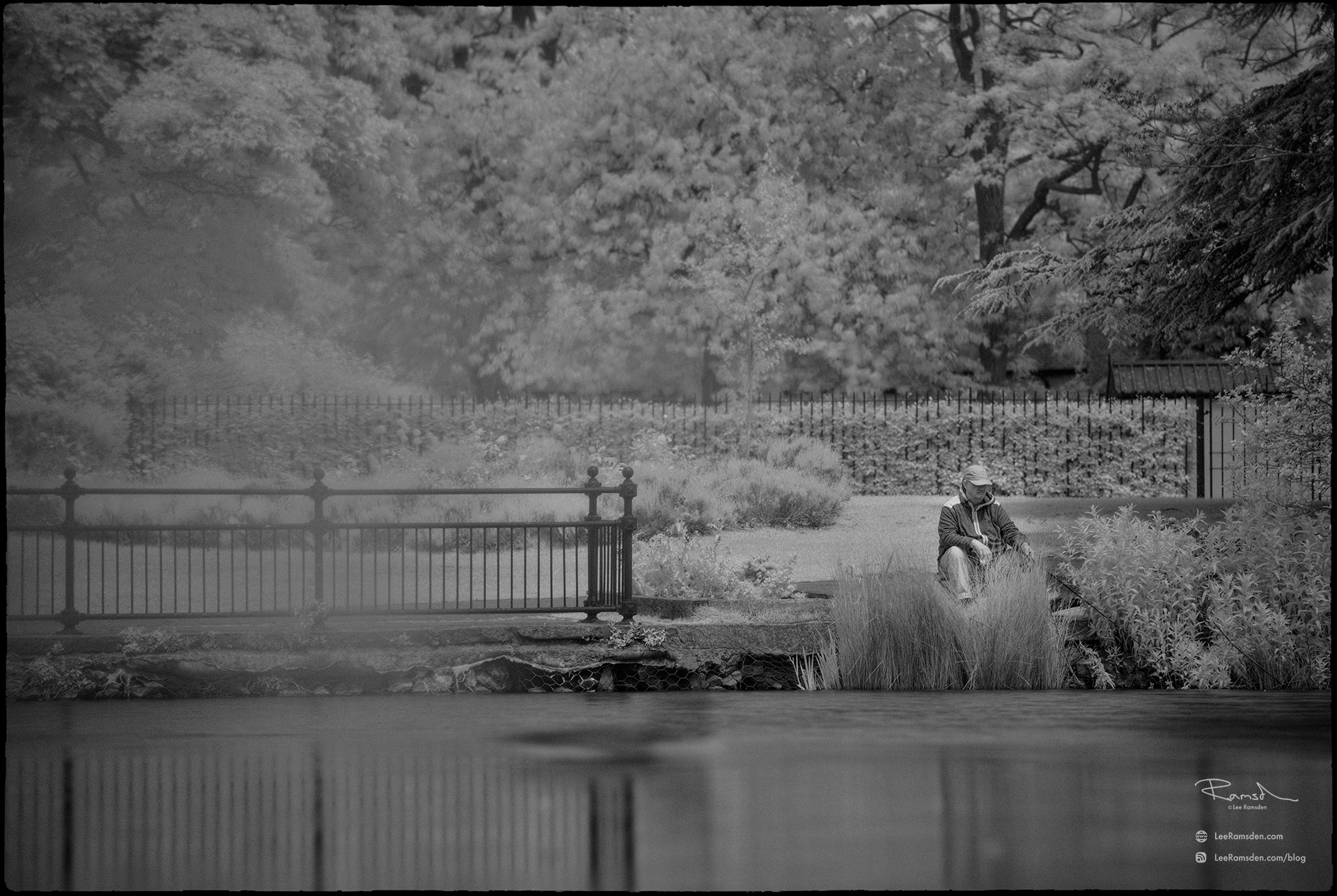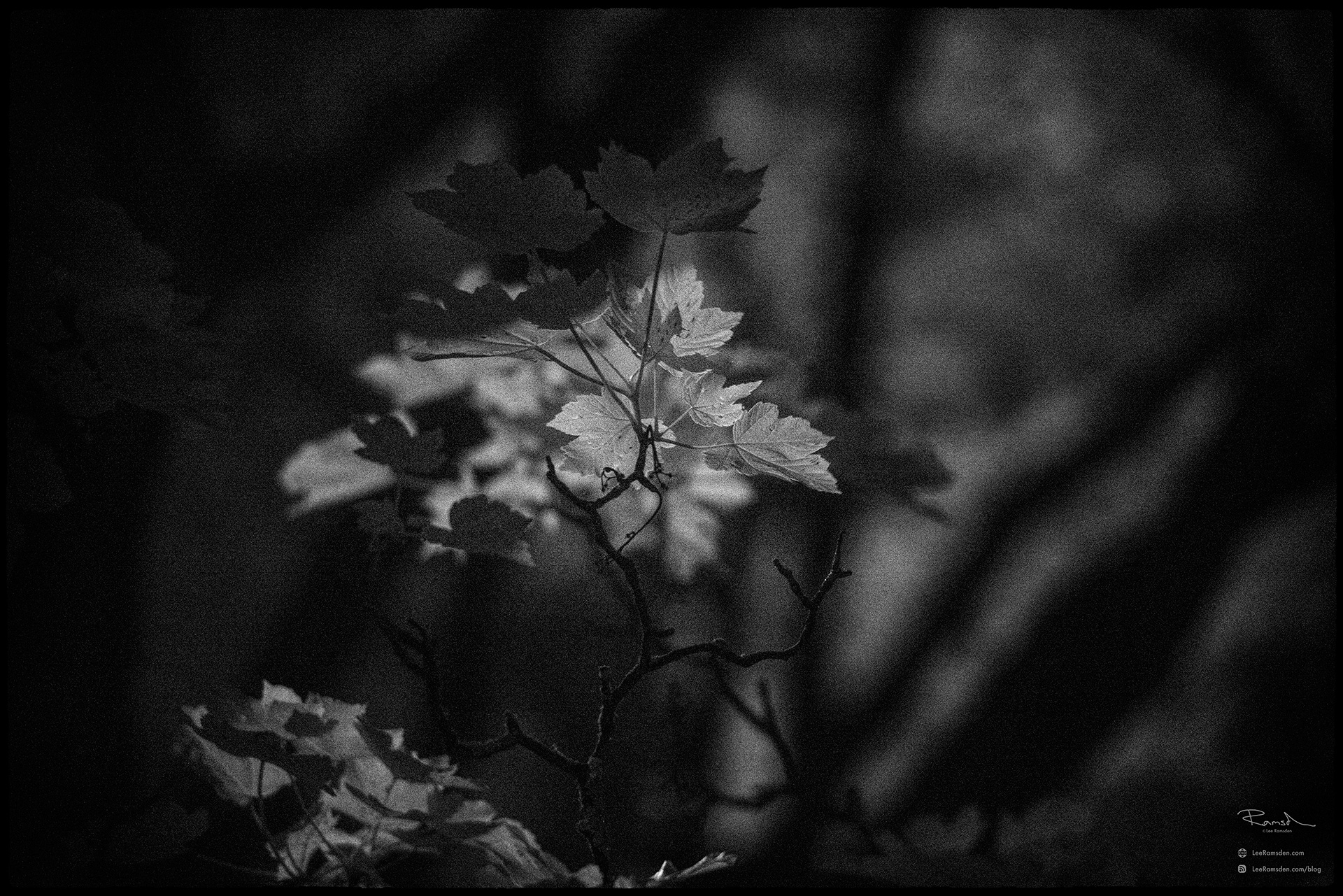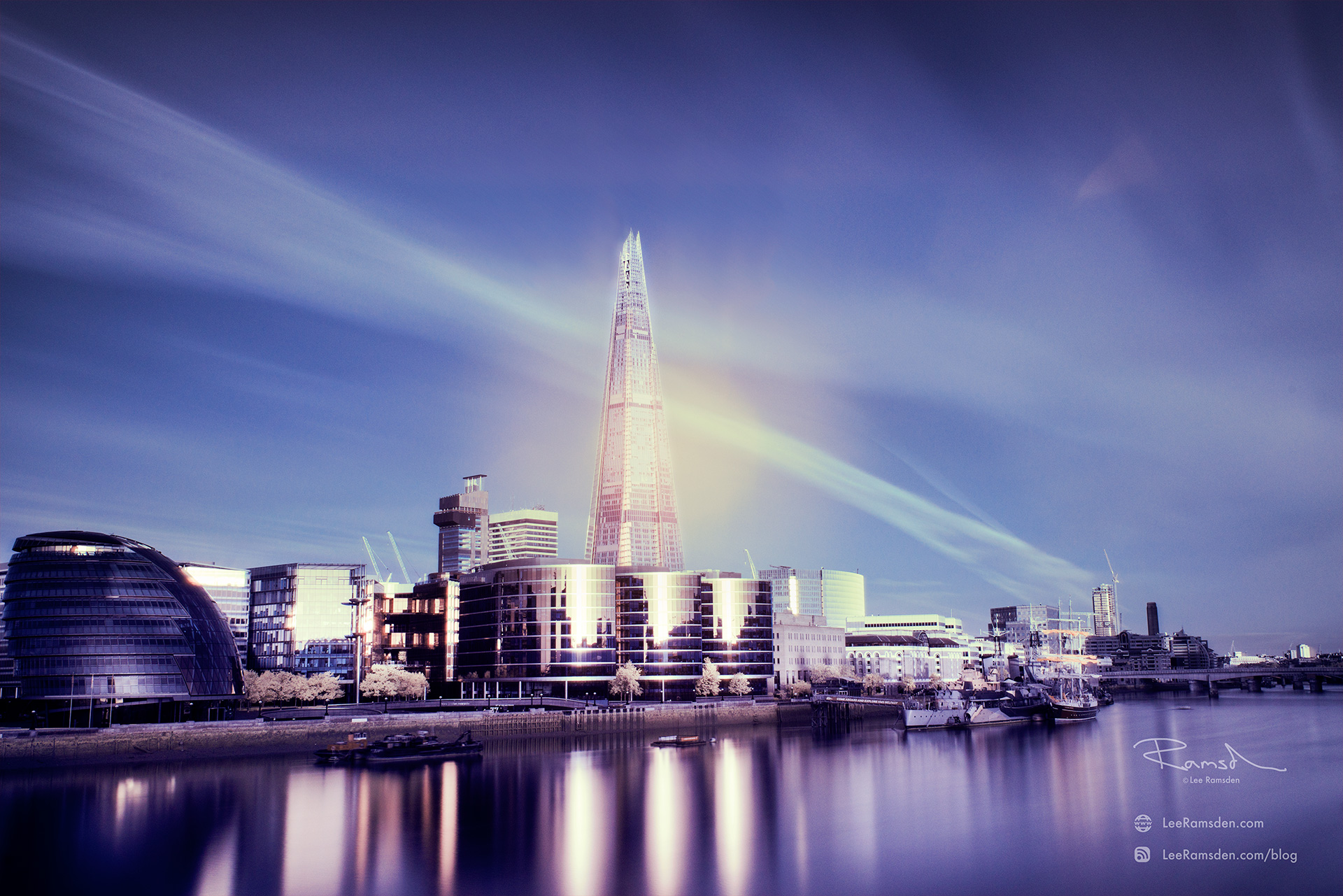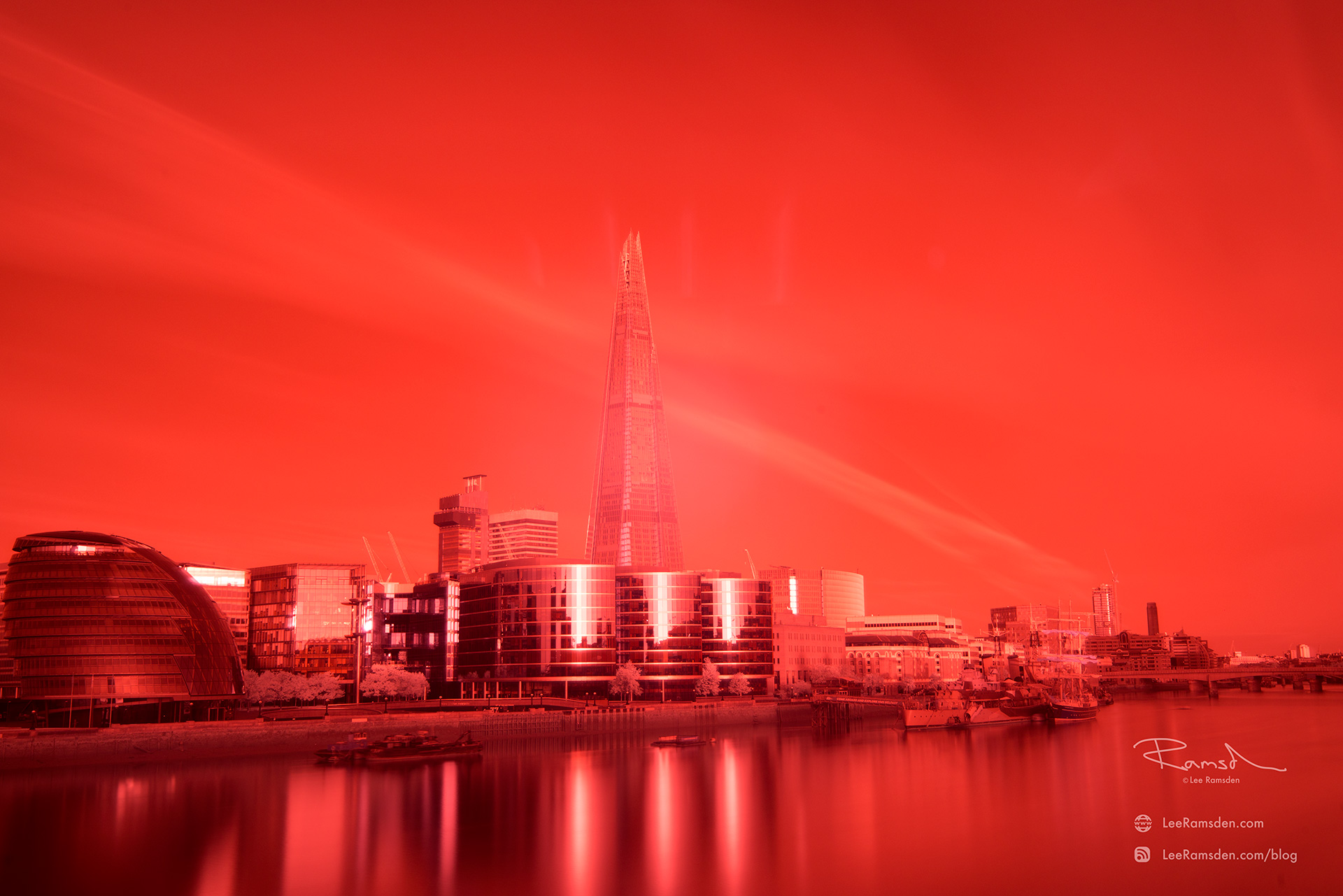Morning, i thought id share a couple of images taken at the local using the infrared filter.
Above are two images, one was taken normally and processed to black and white, where as the other is an infrared image then processed to black and white.
As you can see there is quite a difference. The infrared image was shot at a longer exposure and so the water will obviously look quite different but i do like what happens with the foliage.
Nikon D800 70-200@200mm f3.5 1/80th ISO5000
Leaves high in a tree. I liked how the light was illuminating a small section. This again is a processed infrared image. This is a noisy file due to the high ISO used. I was trying to gain a fast shutter speed to eliminate any motion from the wind blowing the leaves.
Nikon D800 70-200@70mm f8 13th ISO800
I have noticed that along with the Sky, water goes blue also.
Thanks





